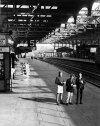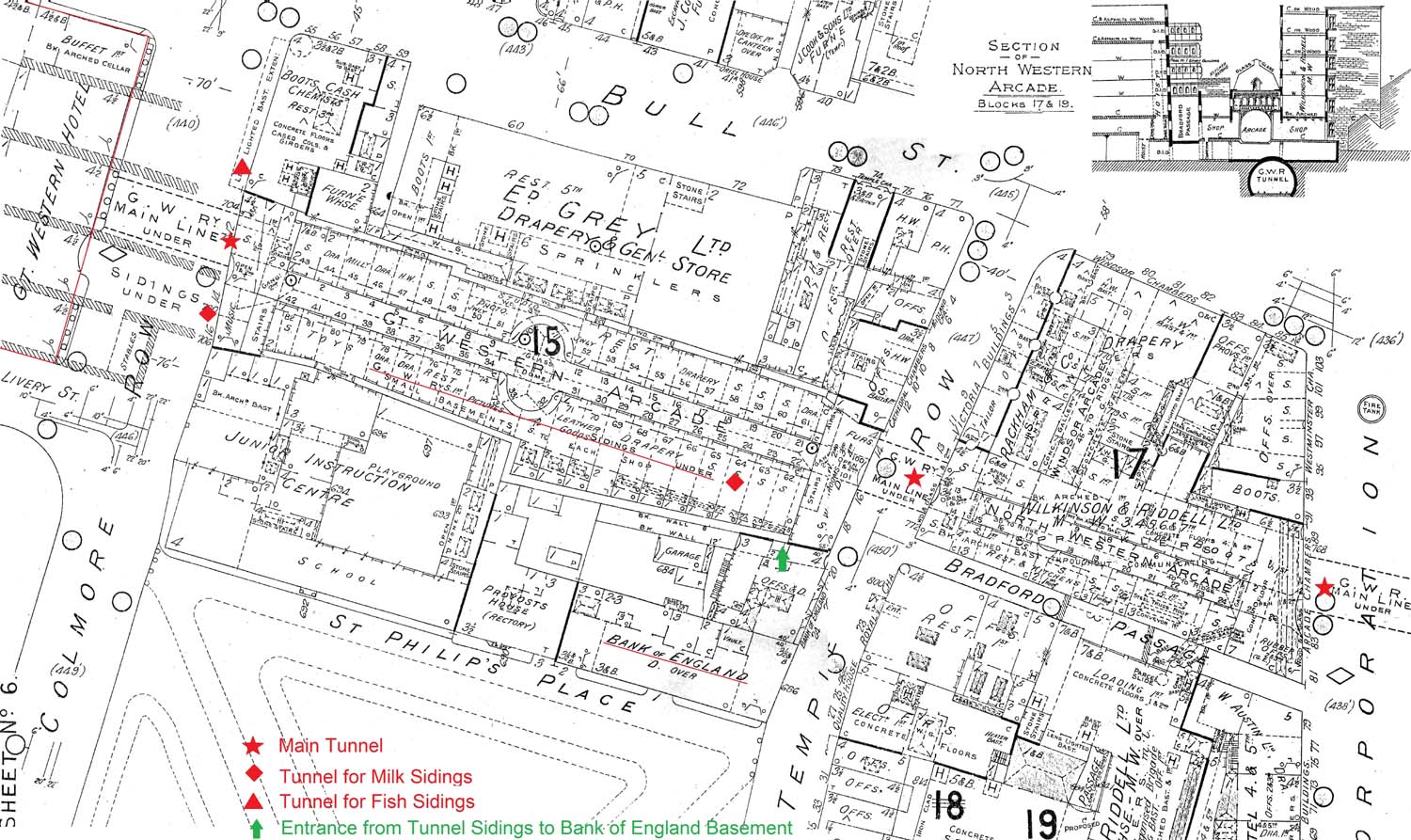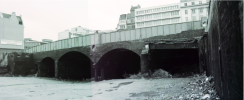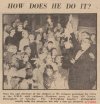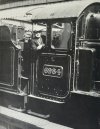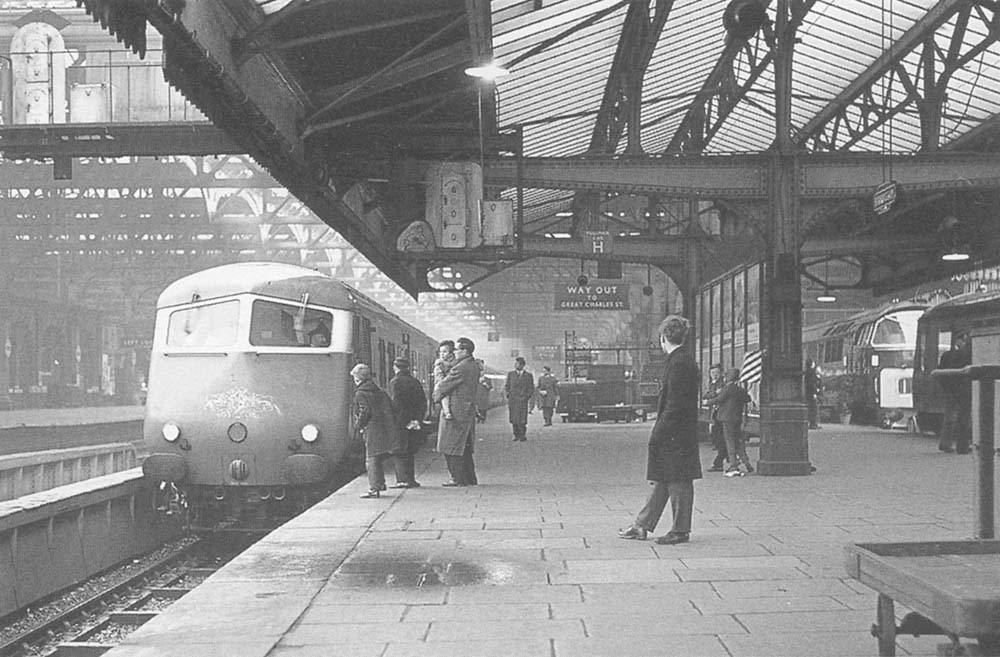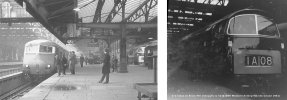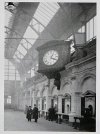DavidGrain
master brummie
I often saw Kings on the up Cambrian Coast on Saturdays but I just watched trains, I never was taking down loco numbers.
I once saw two Kings double heading but since then everybody has told me that never happened and would never have been possible but if Wolverhampton had an engine that needed to be returned to OOC what would you do with it? You would not send it light engine all that way.
By the way I did read in a magazine that here was one working that was rostered for 2 Kings. It was a regular Friday working to avoid a light engine movement. I think it was in the Norton Fitzwarren area.
I once saw two Kings double heading but since then everybody has told me that never happened and would never have been possible but if Wolverhampton had an engine that needed to be returned to OOC what would you do with it? You would not send it light engine all that way.
By the way I did read in a magazine that here was one working that was rostered for 2 Kings. It was a regular Friday working to avoid a light engine movement. I think it was in the Norton Fitzwarren area.

